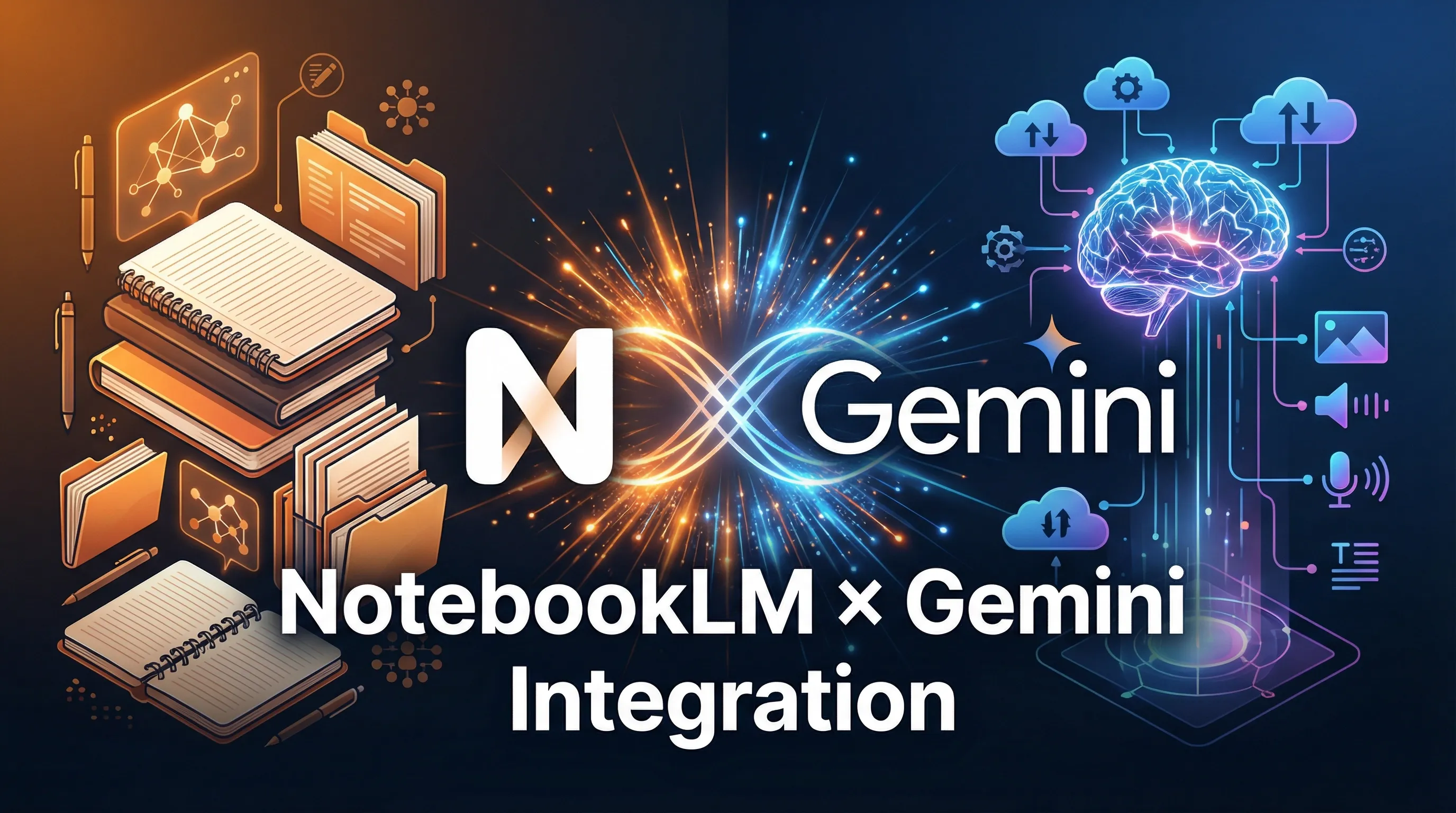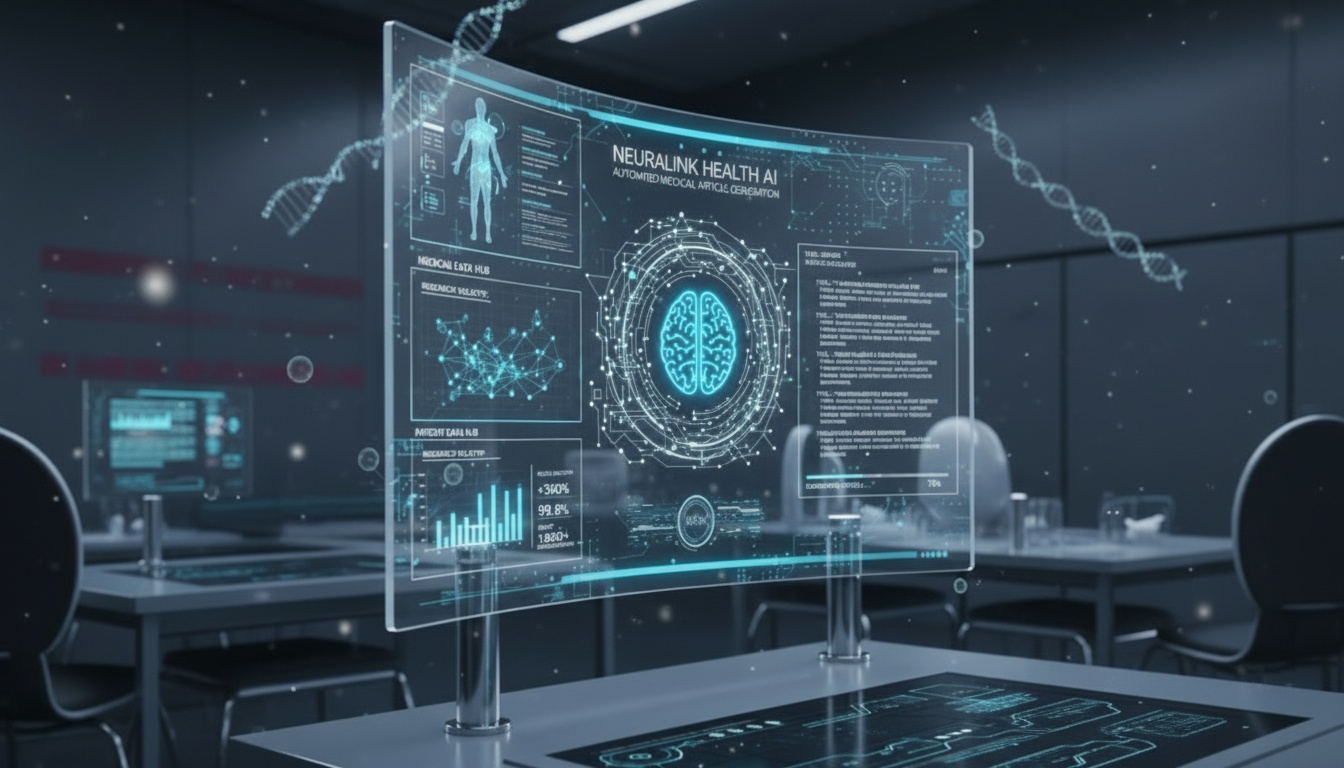Hello everyone. Today, I would like to discuss applied skills in the AI era, with a particular focus on experience strategies and prompt design.
The evolution of AI is progressing at a rapid pace, and it is having a major impact on our lives. However, there may be few opportunities to think deeply about how AI creates our experiences and how its strategies are formed. Today, let's take a look at that important subject.
1. AI and cognitive biases
Humans may unknowingly have preconceptions or biases (cognitive biases) when processing information. AI understands this cognitive bias, and by utilizing it, it is possible to imitate human-like judgments and actions. For example, suppose a person has a cognitive bias that “dogs are dangerous.” When this person asks the AI to “tell me about dogs,” the AI understands the cognitive bias that “dogs are dangerous” and can provide information that makes that person feel safe (for example, “dogs make very good partners for humans if properly trained”).
2. The formation of conceptual spaces
In order for AI to understand cognitive biases, it is first necessary to form a conceptual space. A conceptual space is a spatial expression of how one concept relates to other concepts and their relationships. Through this conceptual space, AI understands human thought patterns and actions, and proceeds with learning based on them. For example, when thinking about the concept of “dog,” it means understanding how it relates to other concepts such as “pets,” “animals,” and “mammals.” Through this conceptual space, AI understands what a “dog” is and proceeds with learning based on it.
3. AI learning and conceptual space
When AI advances learning, it makes use of conceptual space. For example, when AI learns a task, it understands the conceptual space associated with that task and proceeds with learning based on it. For example, AI asks “What kind of animals are dogs?” It refers to an interaction where humans answer, “Dogs are animals that are good friends of humans, have a strong sense of loyalty, and love to play.” Through this feedback, AI deepens its understanding of “dogs” and proceeds with learning based on it.
4. Interaction between AI and humans
The interaction between AI and humans plays an important role in the formation of conceptual spaces. Human feedback to AI affects how AI understands conceptual space and how it improves it.
As described above, understanding AI and human cognitive biases, and how they shape conceptual spaces, is important in the evolution of AI and its applications. By deepening our understanding of these, we can better understand the new experiences AI provides and make the most of them.




















































